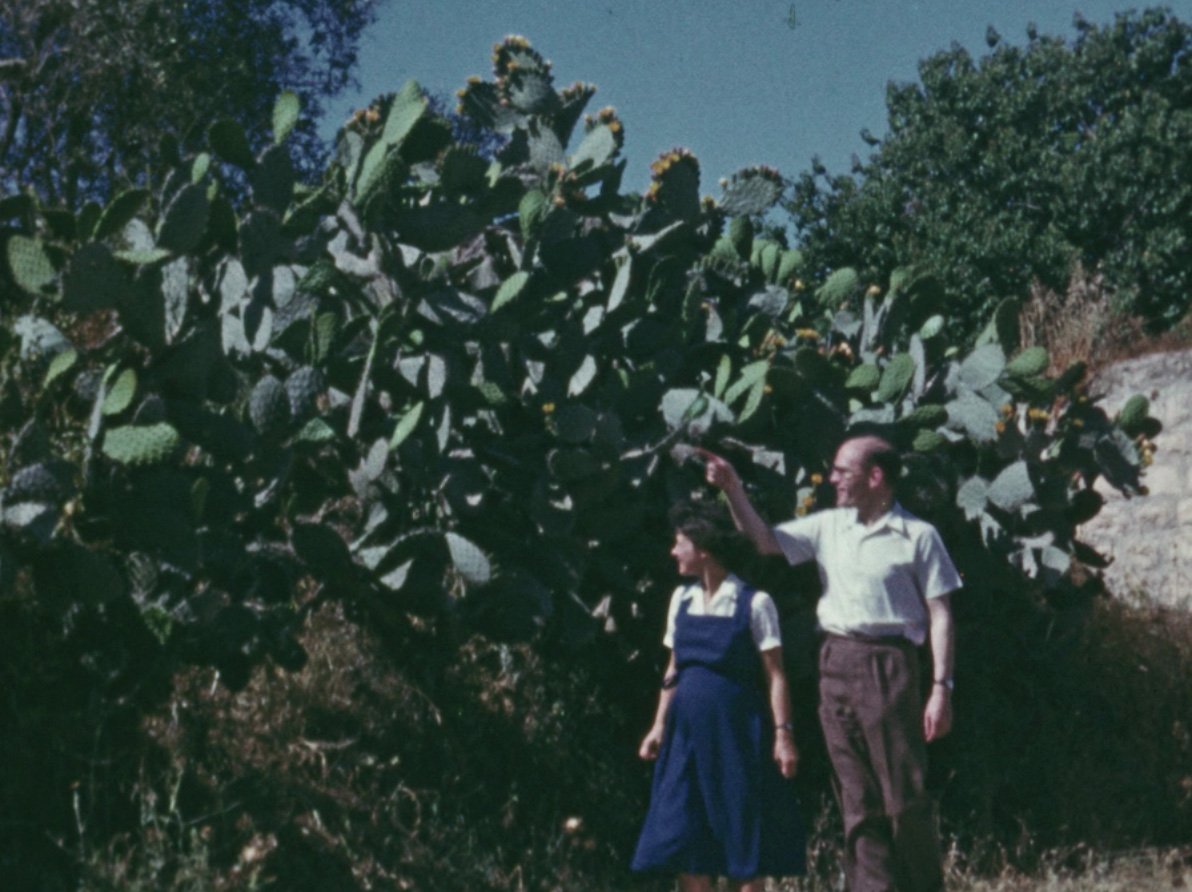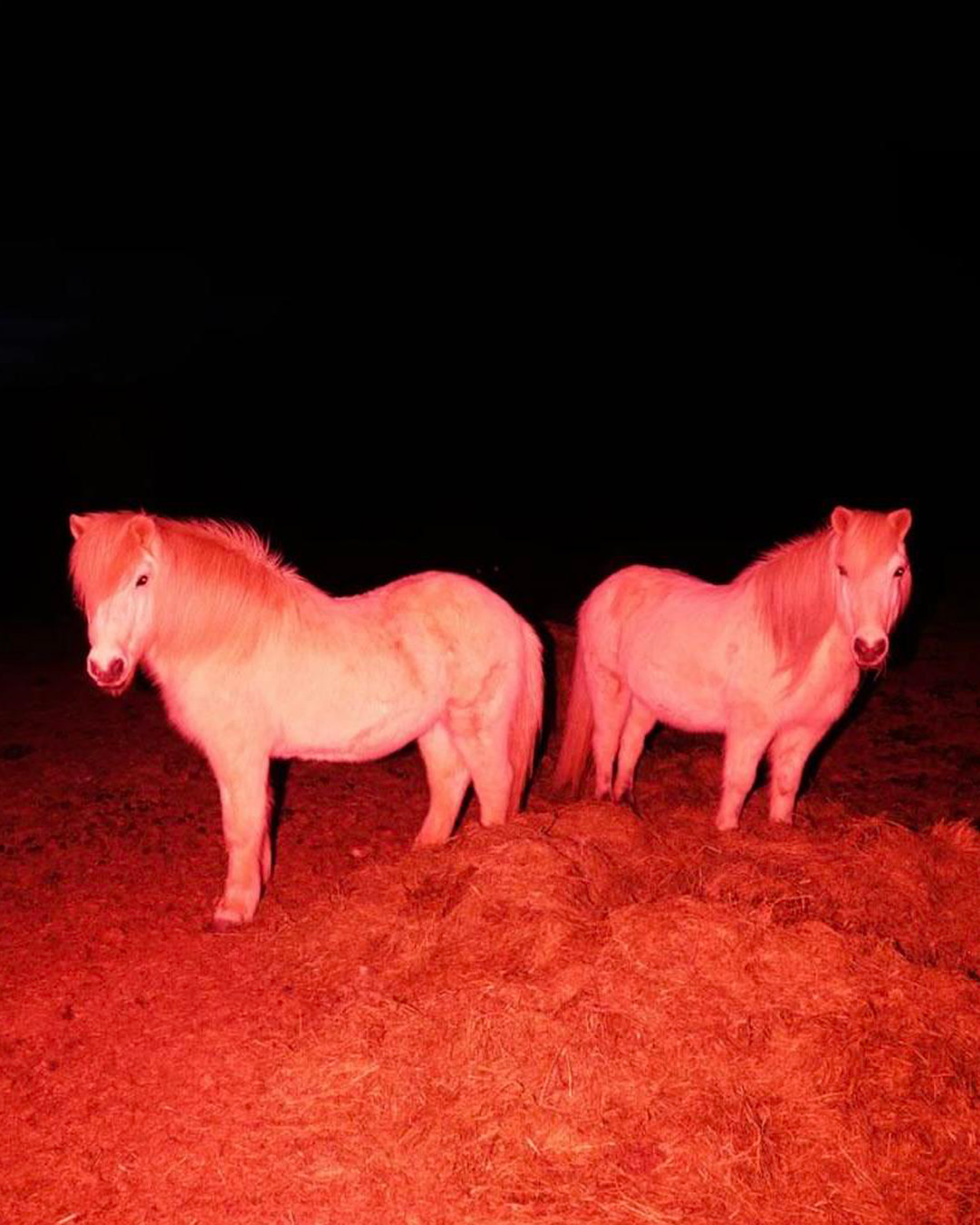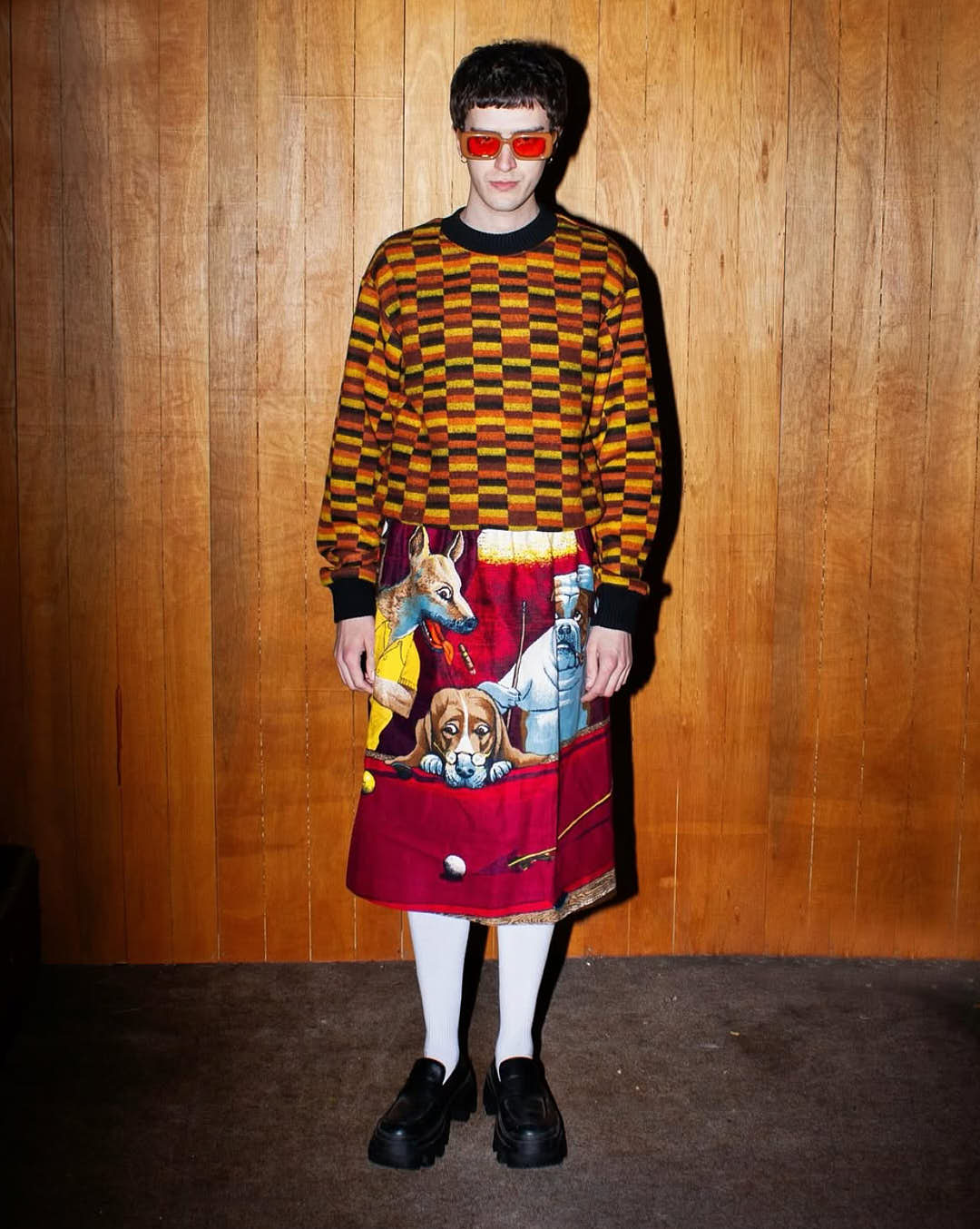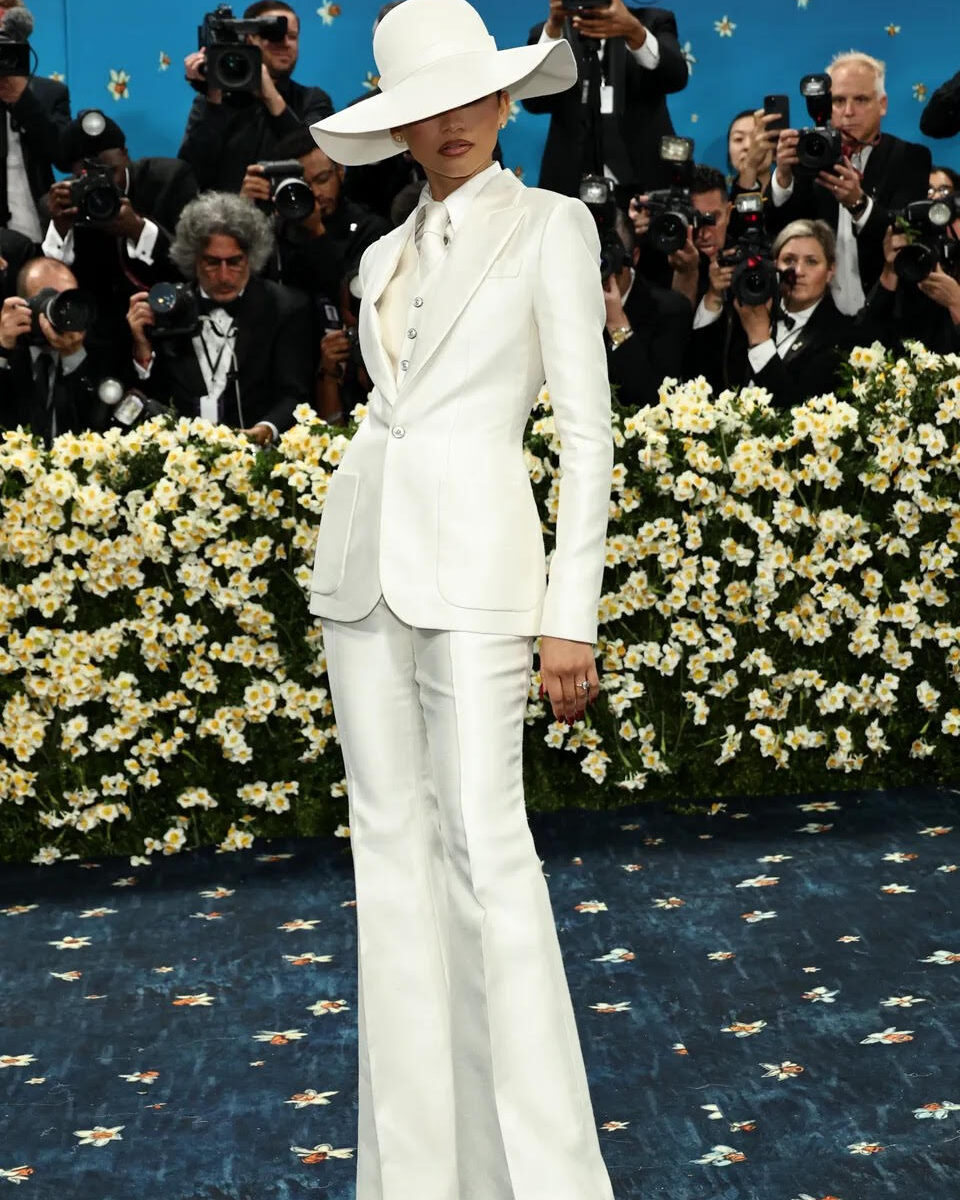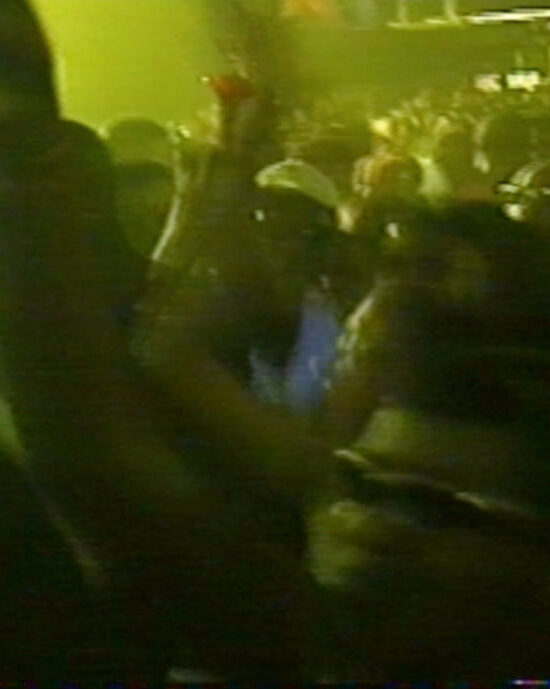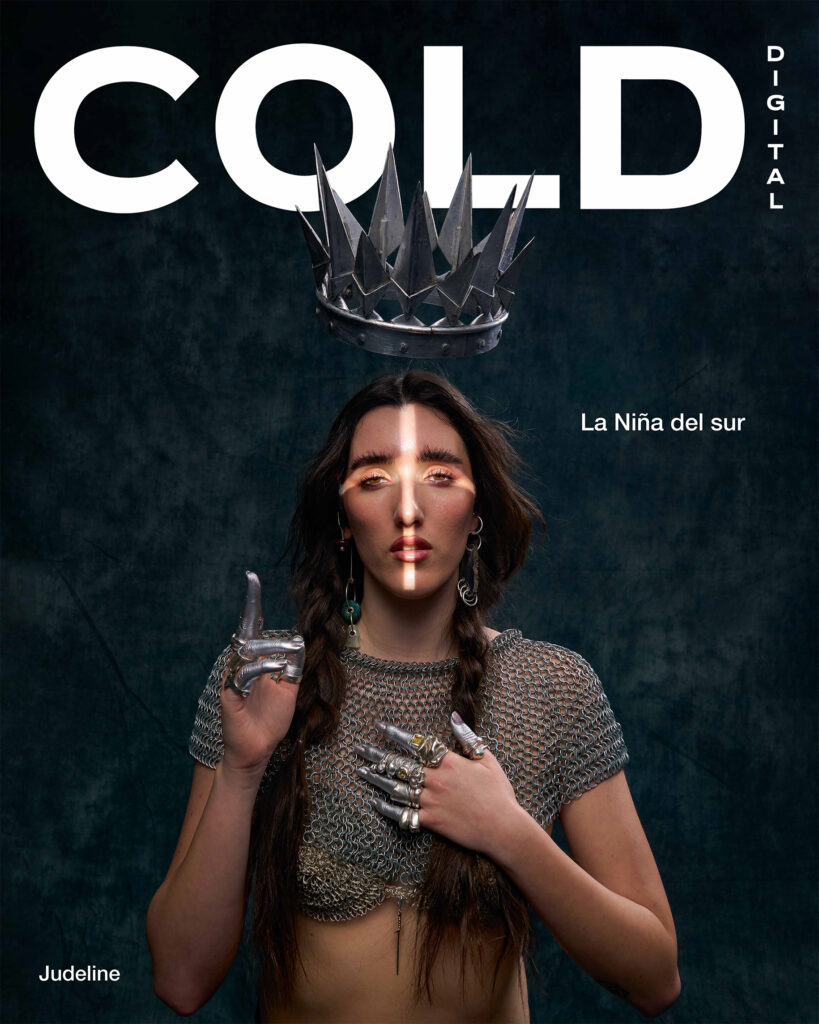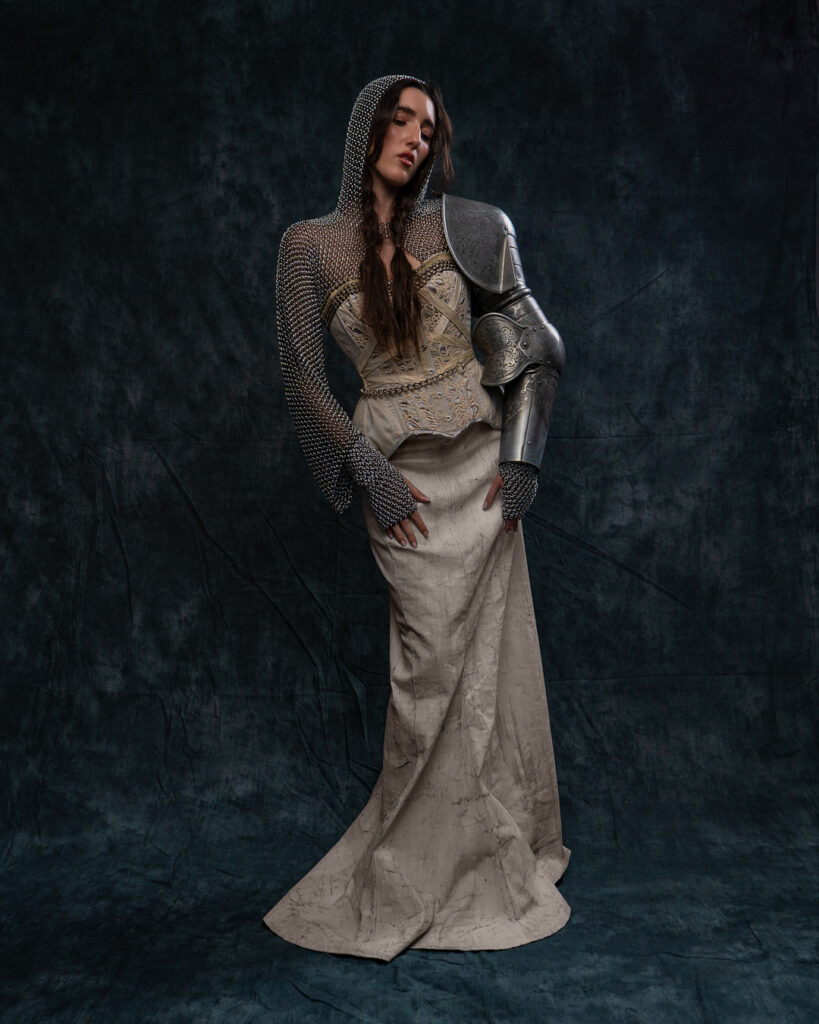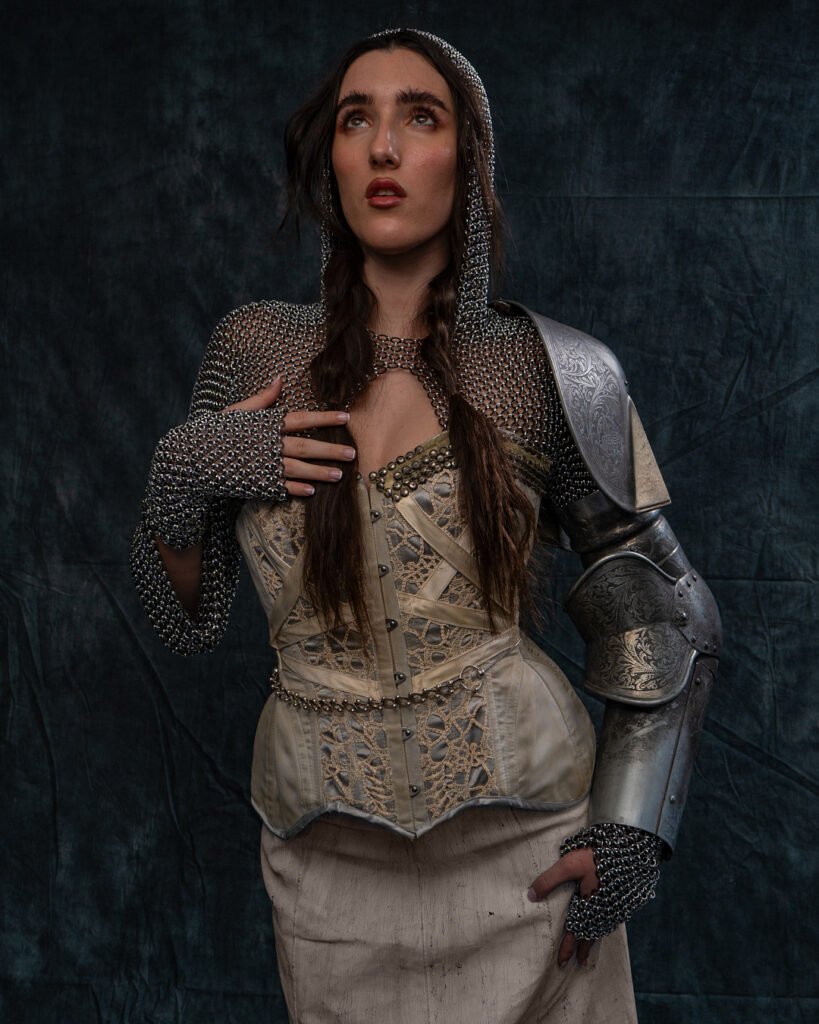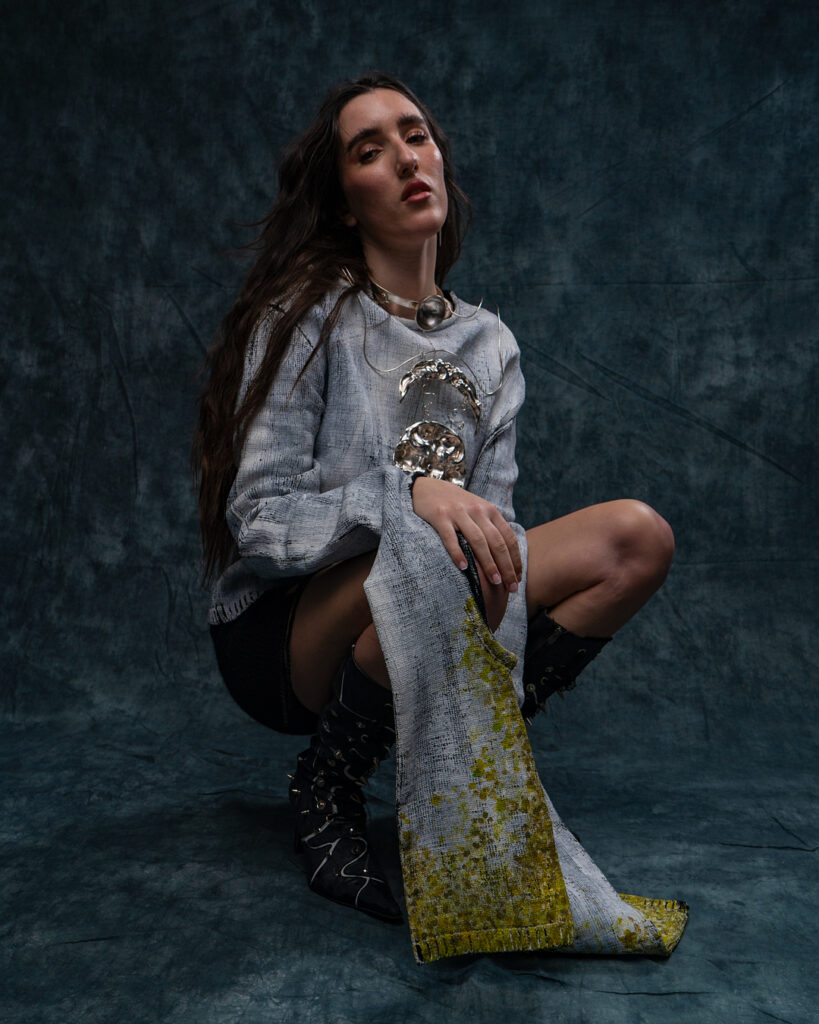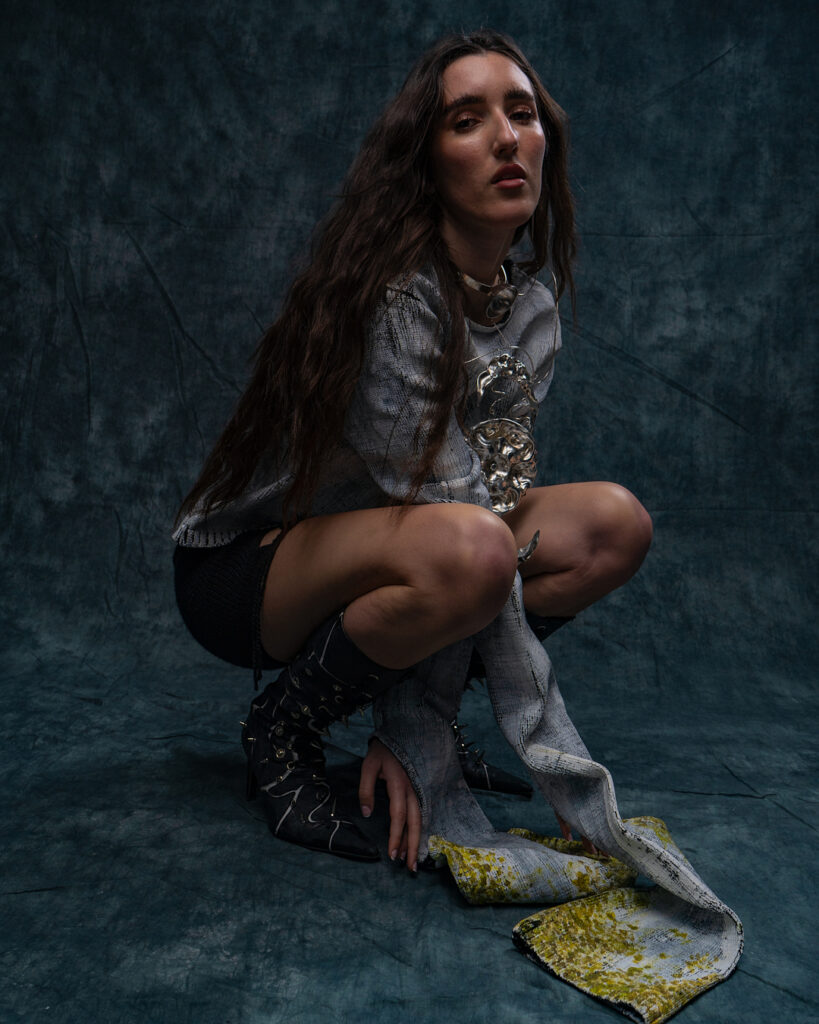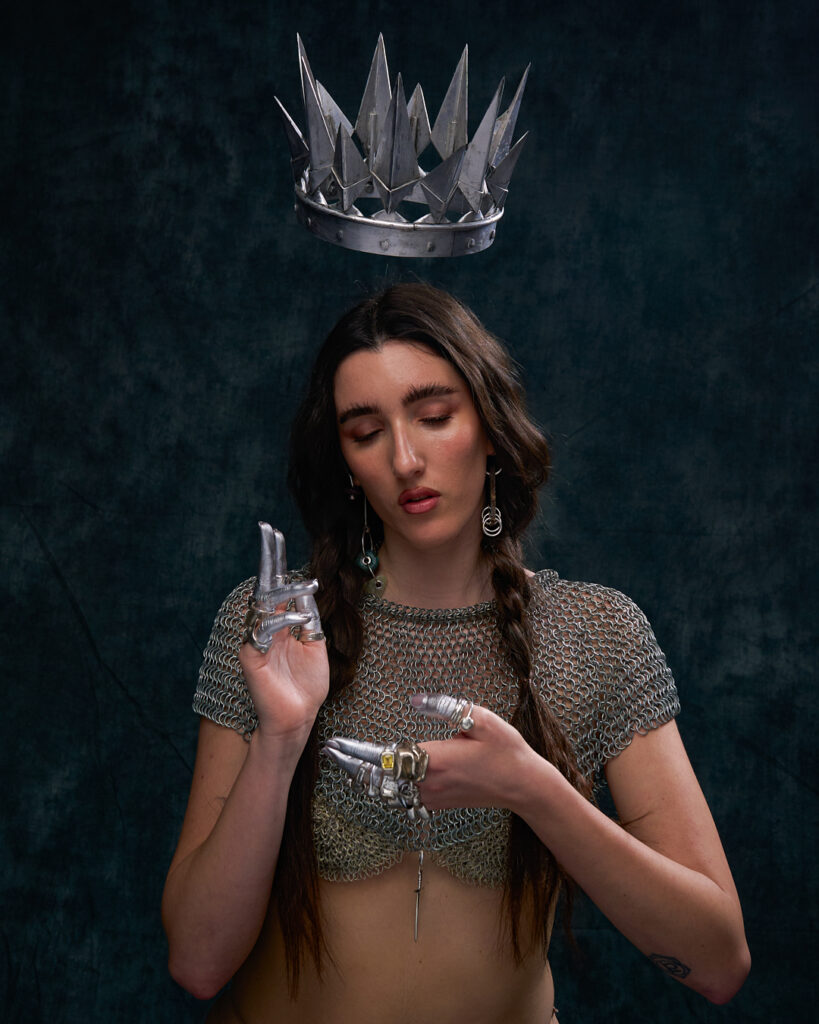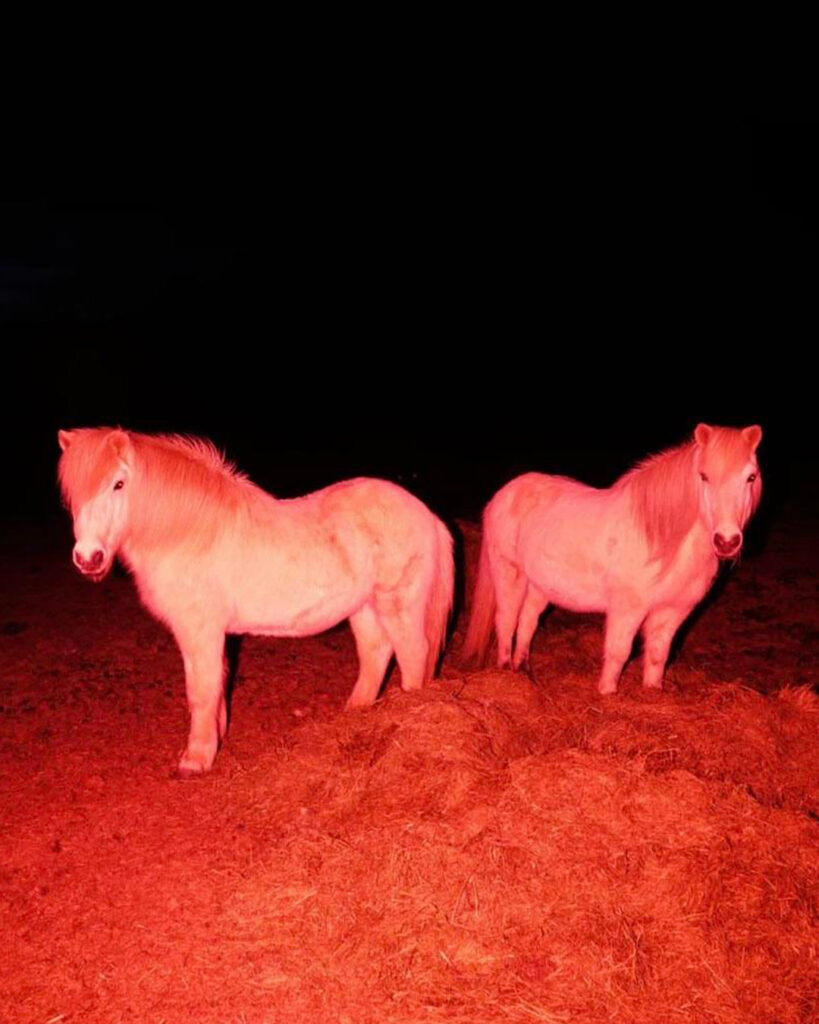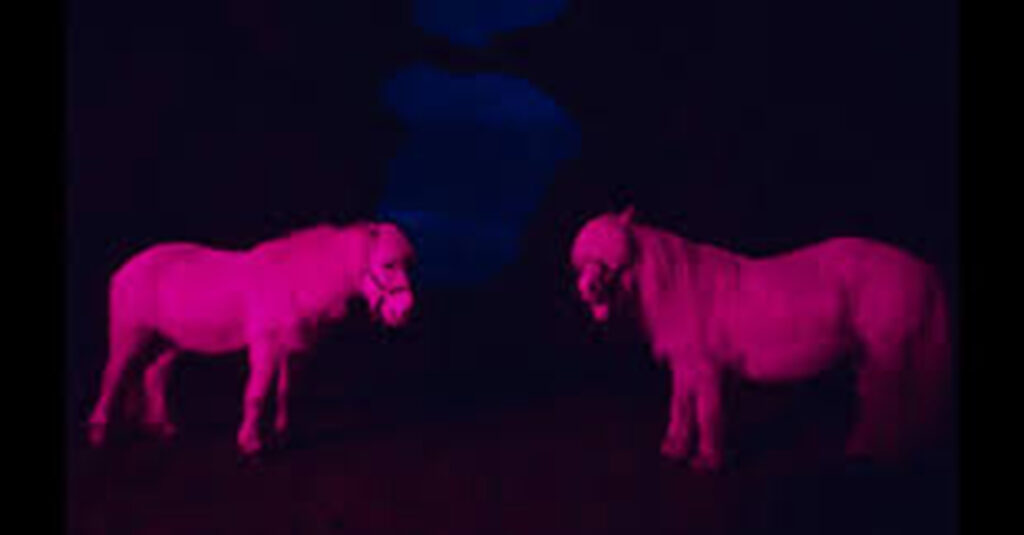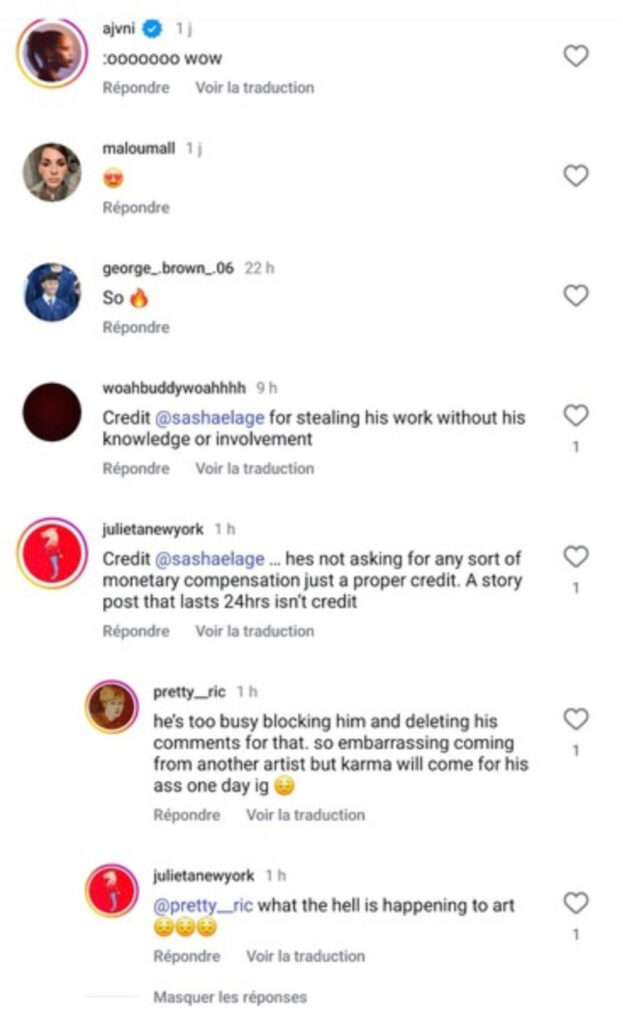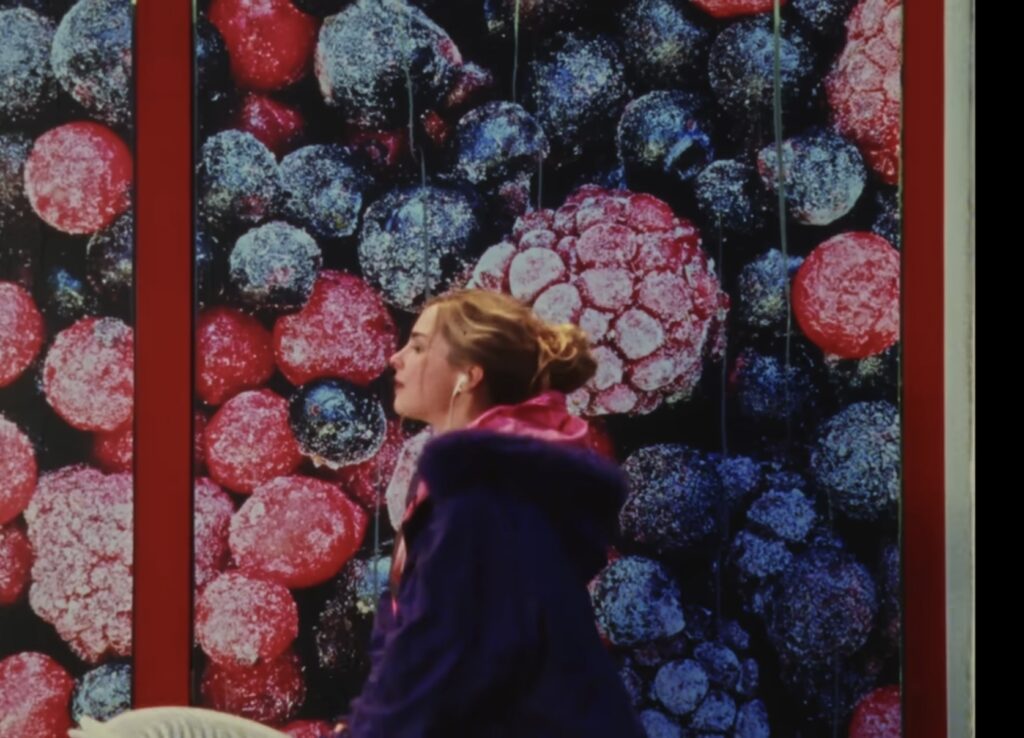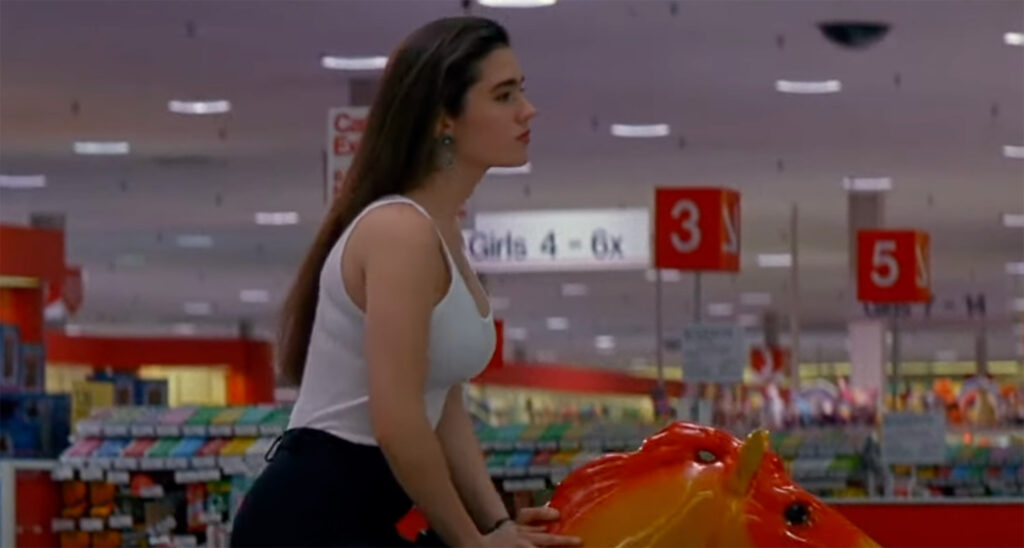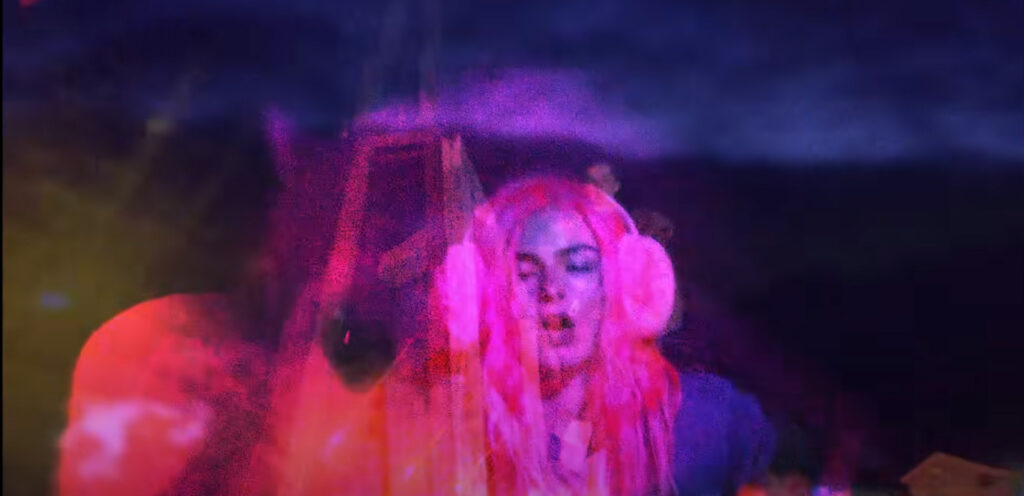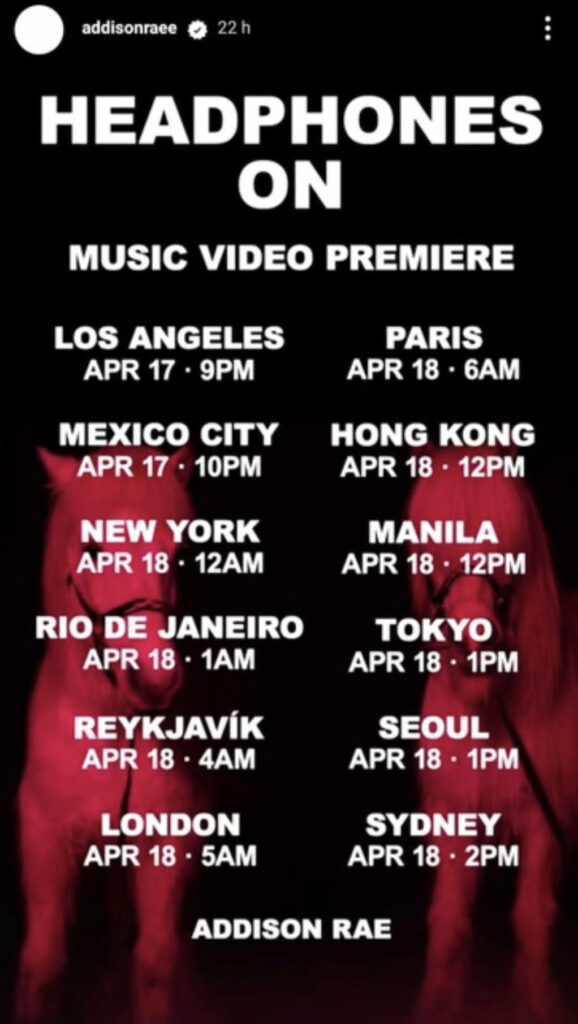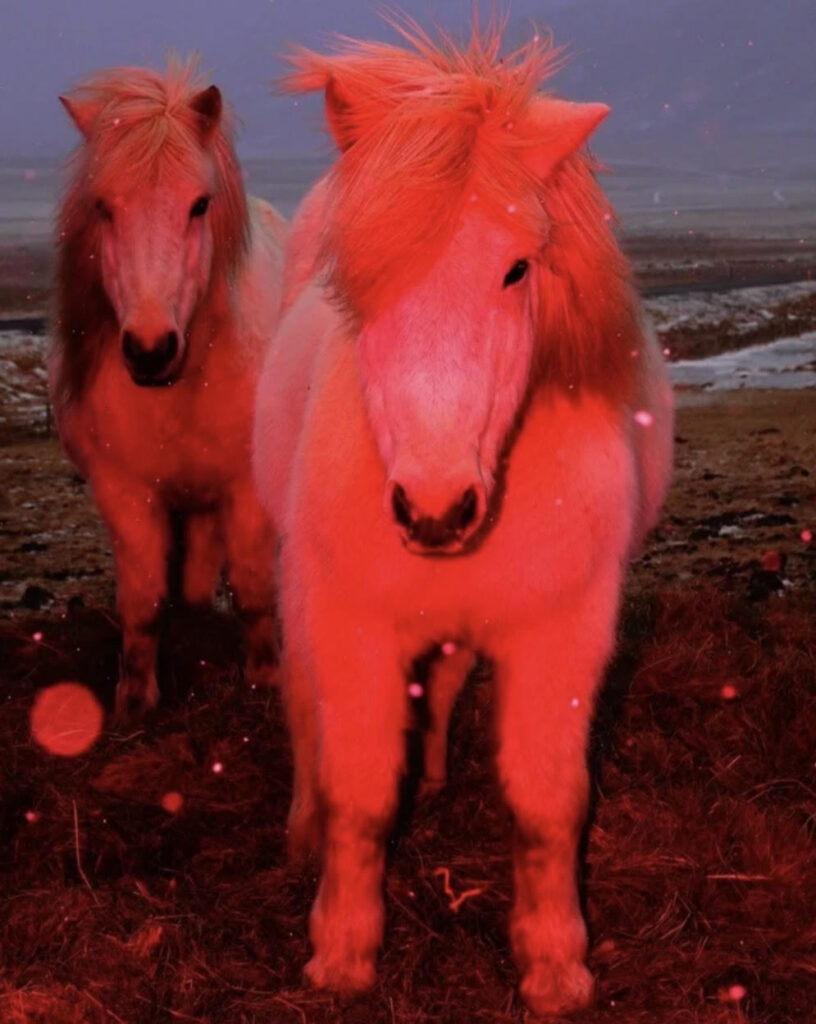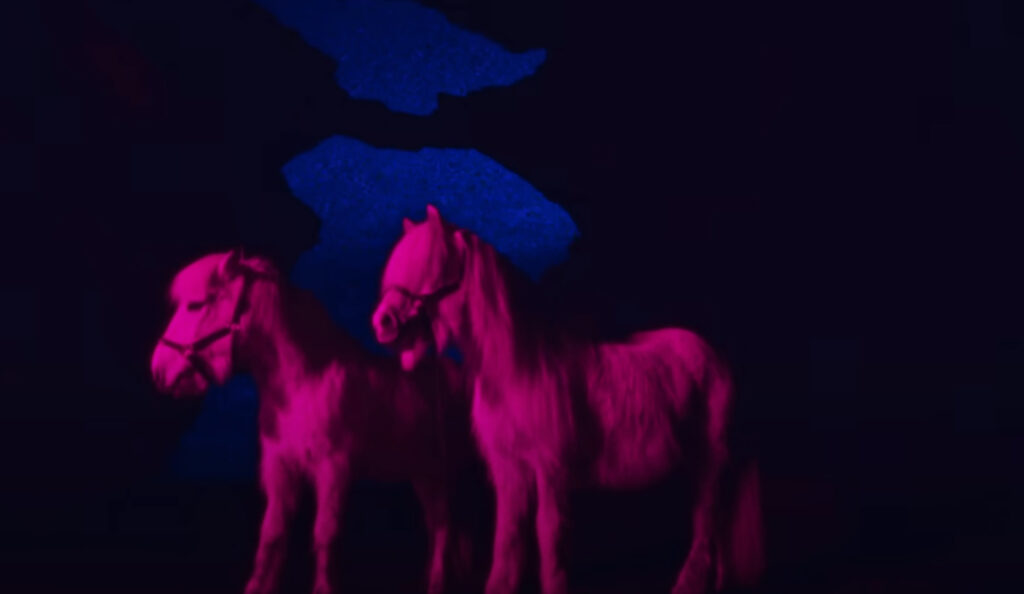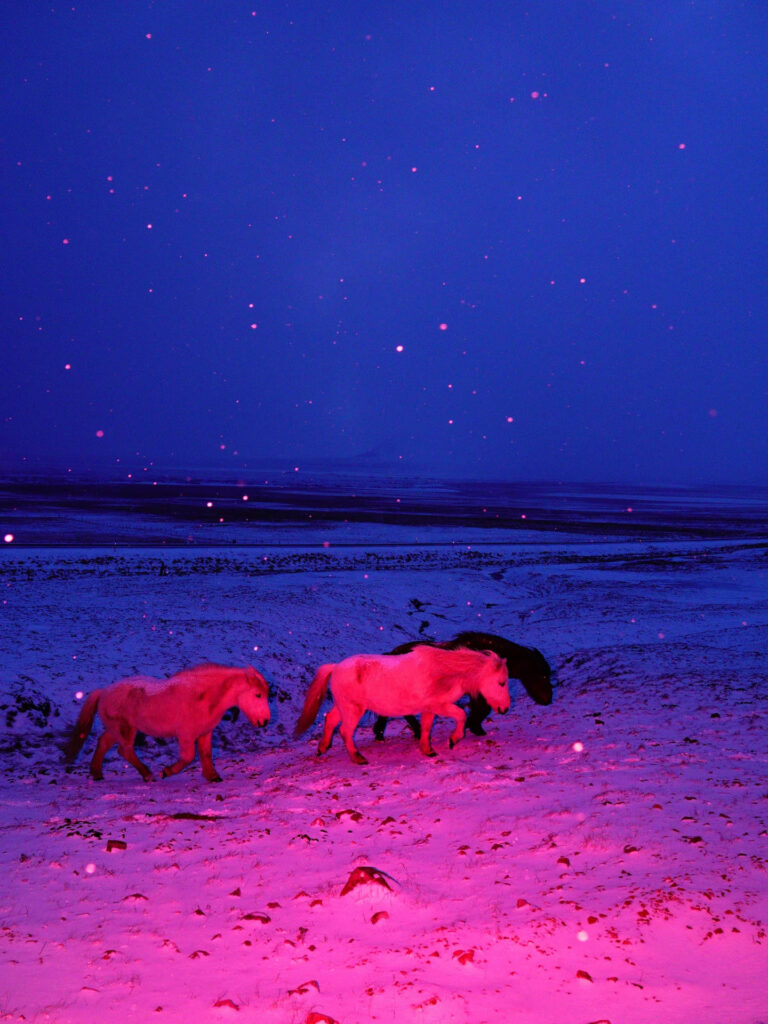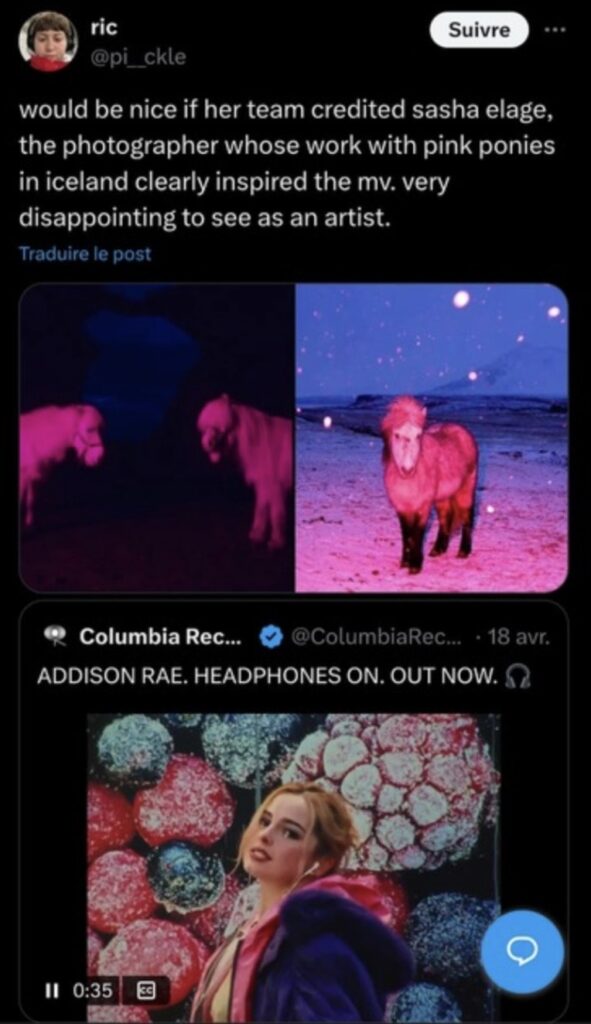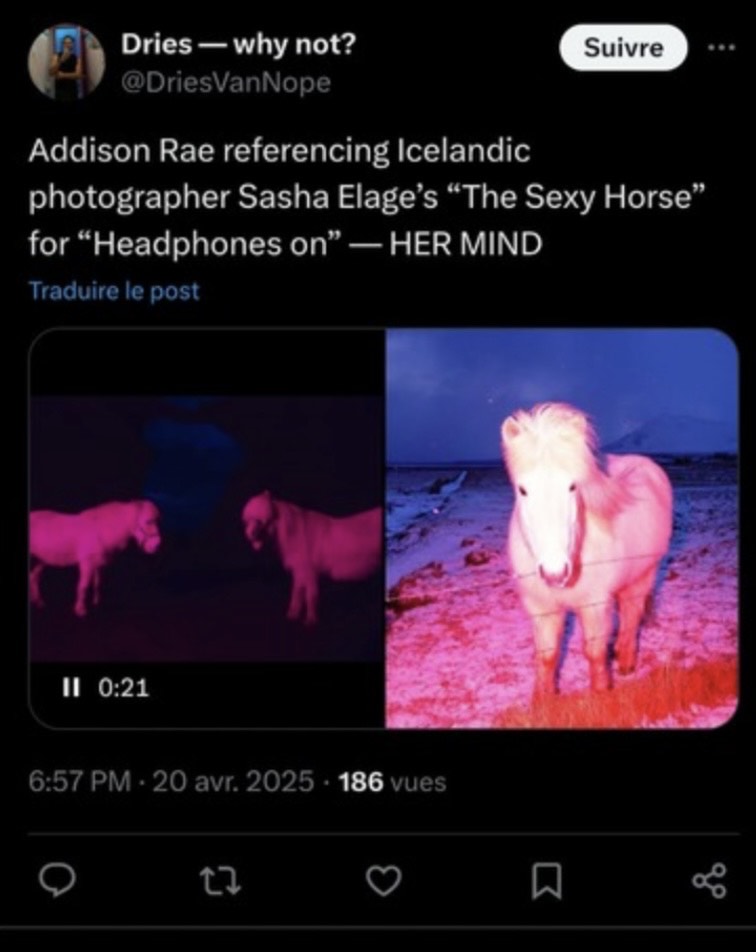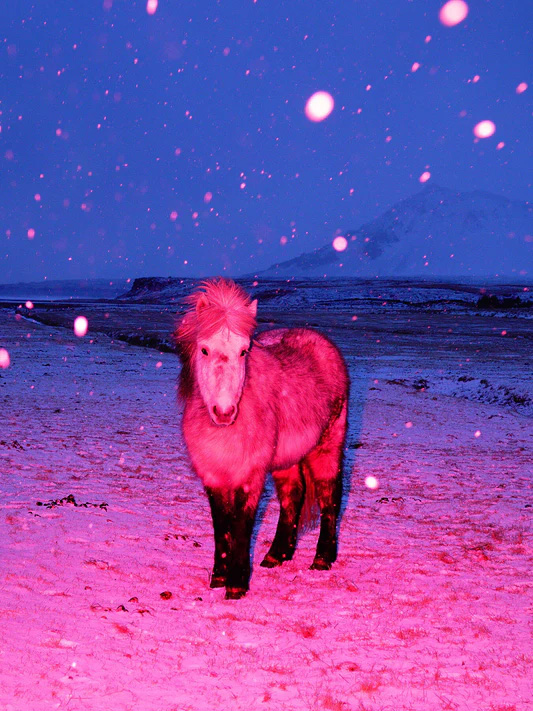Rings, Romance, and Rebellion: Amy Spalding’s Ode to Queer Love
Written by Lily-Rose Zumin-Morris
Love is a palimpsest—layered, rewritten, and traced over by those who came before. This Valentine’s Day, Amy Spalding carves a new inscription with a collection of rings that don’t just symbolise devotion but honor the sapphic legacies that shaped today’s queer landscape.
Spalding’s latest collection of rings is a love letter to those who have fought for representation, connection, and community. The designs are bold yet intimate, inspired by the kind of love that defies time—whether it’s the electric thrill of a new romance or the steady, enduring bond of a long-term partnership.
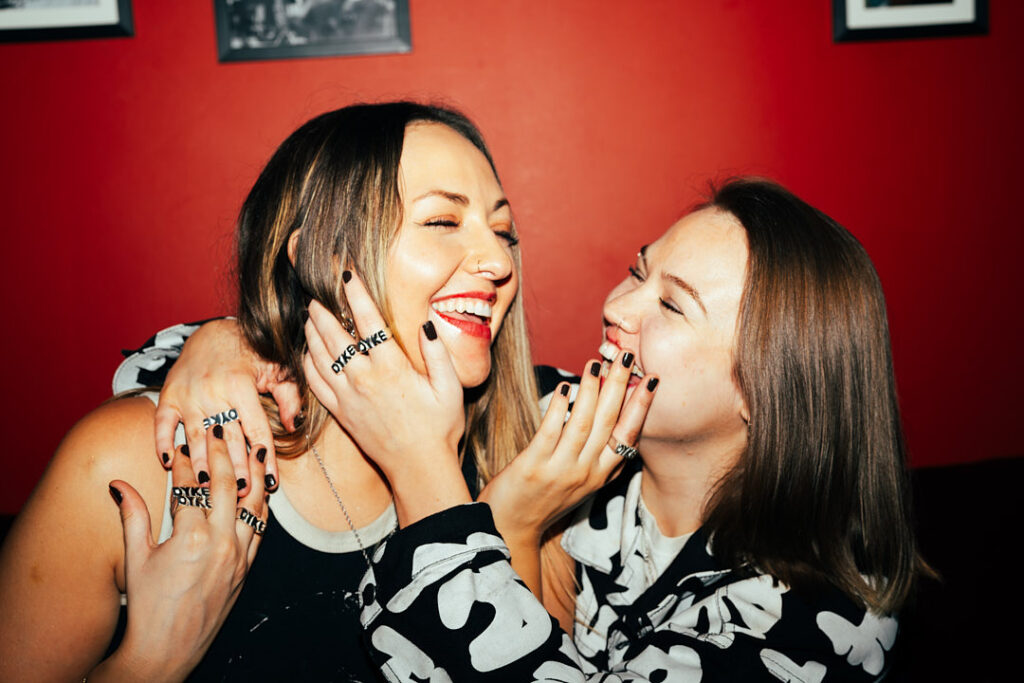
To bring this vision to life, SLT Studios’ DYKE LOVE campaign showcases three powerhouse lesbian couples who embody different facets of sapphic love. From the cultural impact of BBC’s I Kissed a Girl stars Meg Homer and Lailah Muscat to the grassroots activism of London DYKE Market’s Emily Witham and Joelle Taylor, the campaign doesn’t just spotlight love—it historicizes it. Then there’s Sophie Ward and Rachel Ellison, whose Bonanza queer rodeo is redefining how sapphic spaces can look and feel.
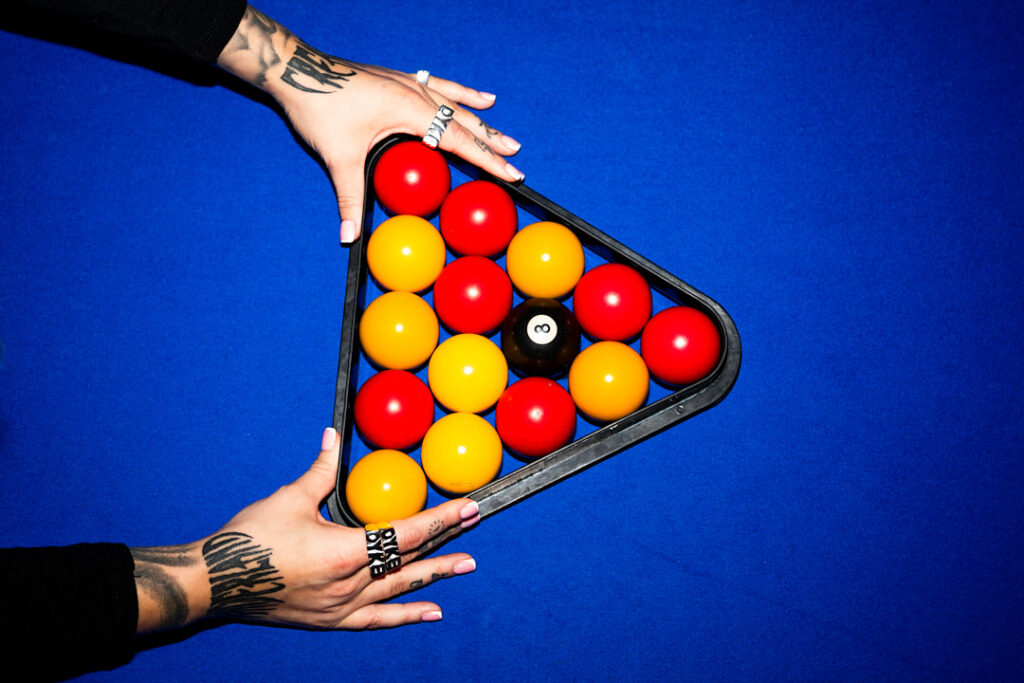
These couples aren’t just a moment; they’re a movement. Through a series of date nights—from a reflective trip to Queer Britain to the friendly chaos of a competitive games night—DYKE LOVE captures the tenderness, strength, and sheer joy of lesbian love across generations. The campaign doesn’t shy away from the weight of history either. Conversations touch on the reclamation of the word ‘DYKE,’ the ongoing fight for lesbian visibility, and hopes for the future of queer representation.
Once a slur, now a symbol—the word DYKE carries a history of both oppression and reclamation. Joelle Taylor, poet and activist, recalls how in the homophobic landscape of the ’80s, it rang like a death knell. But as queer movements coalesced, the word was reborn—no longer a mark of shame, but a symbol of strength. ‘DYKE is the most political space you can stand in,’ she says. Rooted in the defiant spirit of Boudicca’s warrior maidens and the Greek concept of justice (Dike), it is a name reclaimed, a legacy inscribed in silver.
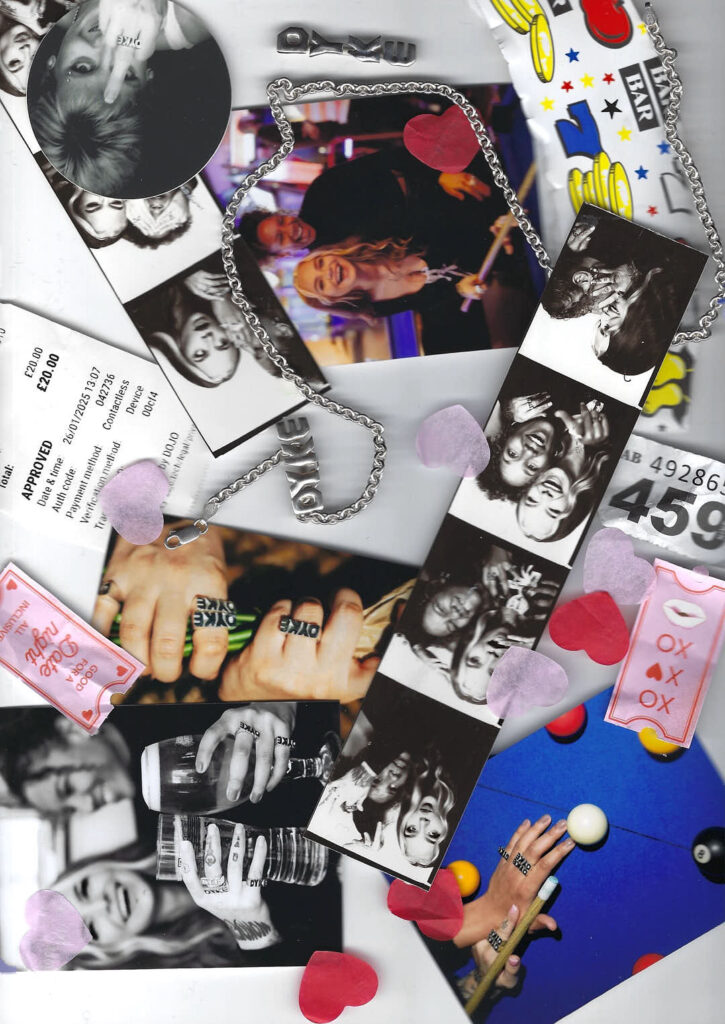
Shot by Corrine Amos, with creative direction by Amy and Rupert Mcminn, the campaign’s visuals go beyond the polished perfection of traditional Valentine’s Day ads. Instead, they blend film photography with ephemera from each date, capturing love in its raw, unfiltered essence. It’s a visual diary of sapphic romance—woven from film, found objects, and some of the more ephemeral imprints of love, preserving it as both memory and artifact.
Spalding’s rings are more than just jewelry. They are symbols of defiance, devotion, and deep-rooted history—testaments to the fact that queer love, in all its forms, is worth celebrating every day, not just on February 14th.
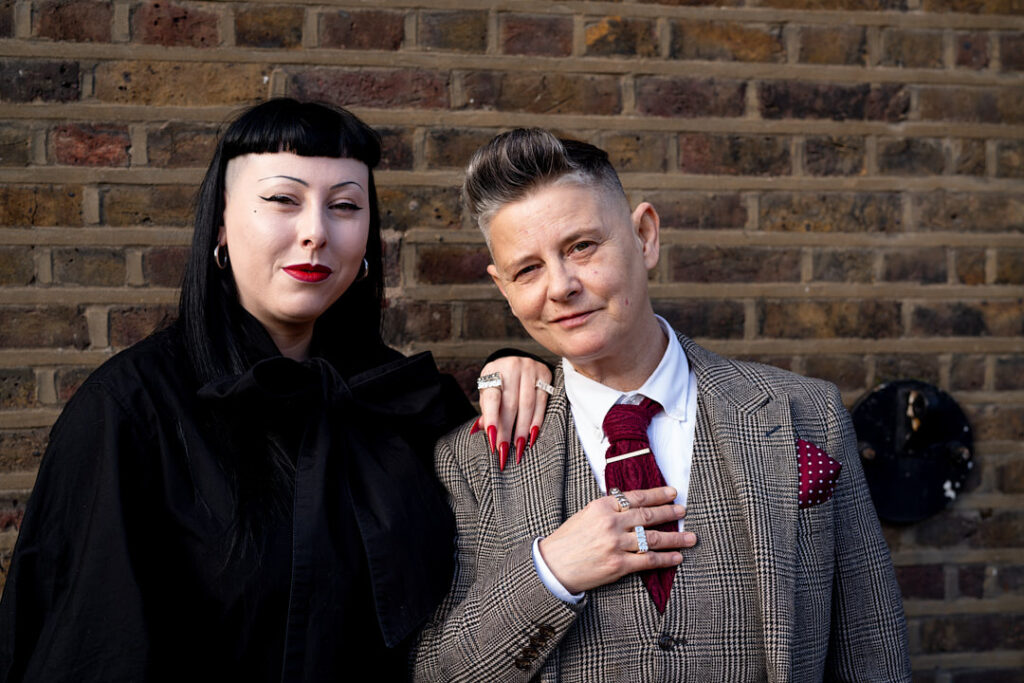
Written by Lily-Rose Zumin-Morris

